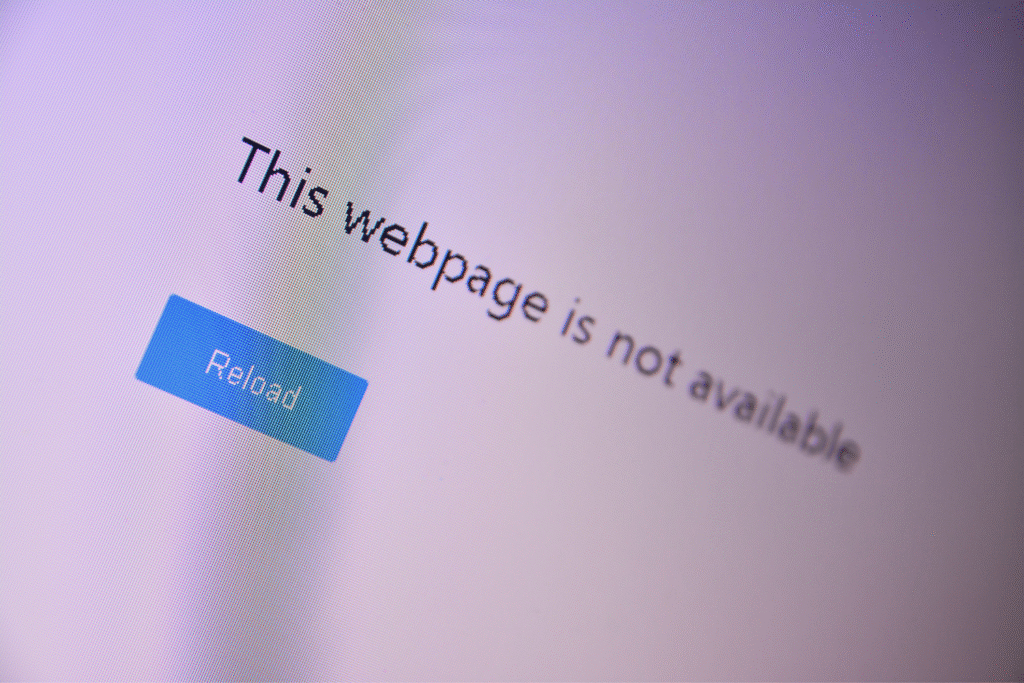Hiring remote talent without testing for remote readiness is one of the fastest ways to derail your team.
Many hiring managers assume a strong resume or interview means a Filipino remote worker is prepared for remote roles. But they skip checking internet speed, power stability, workspace setup, or tool familiarity. These oversights can lead to delayed projects, dropped calls, missed deadlines, and poor team communication.
This guide shows you how to test Filipino candidates’ remote readiness and infrastructure before you hire so you can build a reliable remote team that delivers high-quality work across time zones.
What Does Remote Readiness Mean?
Remote readiness means more than having the right tools. It’s about being fully prepared to meet the demands of remote work across various industries. Filipino professionals who thrive in remote roles can manage tasks independently, use communication tools effectively, and adapt to time differences while supporting the needs of a global workforce.
It’s More Than Just Internet Speed
A strong internet connection is essential but not the only factor. Virtual assistants, software development staff, and other remote team members also need a stable power source, updated hardware, and a quiet workspace. Without these basics in place, even the most skilled candidates may struggle to stay connected, meet deadlines, or maintain clear communication.
Self-Management and Focus in a Home Setup
Successful Filipino workers in remote jobs manage their schedules and priorities without constant check-ins. They often use time-blocking or simple routines to stay on track and meet business needs. These habits reflect strong problem-solving skills and the ability to work independently. It also supports productivity and a healthy work-life balance.
Communication Tools and Habits
Strong communication skills help global talent collaborate effectively across time zones. Remote talent familiar with tools like Slack, Zoom, Trello, and Google Workspace can handle async communication, share timely updates, and keep the remote team aligned. This is especially important for online job roles that require daily reporting or close coordination with international clients.

Why You Should Always Verify Infrastructure in Advance
Hiring someone for a remote job based only on their resume or interview can lead to major setbacks if infrastructure is not verified. Even skilled remote talent may struggle in a remote setting without stable internet, backup power, or the right equipment.
Many Filipino remote workers live in areas with frequent power interruptions or unreliable internet. Without proper screening, your remote team could face dropped calls, missed deadlines, and weak communication skills that impact daily operations. This is especially risky for virtual assistance, software development, or remote roles requiring consistent performance.
Many Filipino professionals now highlight their setup in resumes or online job profiles. Asking the right questions and running quick tests helps you filter your talent pool and find candidates who can work remotely without disruptions. It also protects your company culture and ensures smoother collaboration with global talent across different time zones. Questions to Ask During the Interview
Interviewing Filipino remote staff should include targeted questions that reveal real setup and readiness. Thoughtful questions help you check if they can work remotely, stay available during business hours, and support your company culture.

Questions to Ask During the Interview
Interviewing Filipino remote staff should include targeted questions that reveal real setup and readiness. Thoughtful questions help you check if they can work remotely, stay available during business hours, and support your company culture.
Internet Speed and Backup Plans
Ask: “What is your current speed? Do you have a backup connection?”
Follow up: “What’s your plan if your internet goes out?”
This helps you gauge how stable their connection is and if they’ve planned for outages.
Power Supply Stability
Ask: “Do you experience power outages?”
Follow up: “Do you use a UPS (uninterruptible power supply) or backup power source?”
Power interruptions occur in some regions of the Philippines, especially during typhoon season or in less urbanized areas. A strong candidate will have backup options in place.
Workspace Setup
Ask: “Do you have a dedicated workspace? What does it look like?”
Follow up: “How do you handle noise or interruptions at home?”
A private, quiet area is essential for virtual assistants, customer service representatives, and project managers handling sensitive tasks.
Tools and Tech Comfort
Ask: “Which collaboration tools have you used before?”
Follow up: “How comfortable are you managing tasks independently?”
You want team members with a proven ability to navigate remote tools and stay productive without direct oversight.

Sample Infrastructure and Remote Readiness Test Tasks
Even with a polished resume or strong interview, relying on words alone can mislead hiring managers. Testing candidates for infrastructure concerns and remote readiness gives business owners confidence in selecting remote talent who can thrive in a remote work setup. These tasks help ensure every applicant meets the demands of a remote team and supports long-term job satisfaction and work-life balance.
Internet Speed Test Screenshot Submission
Ask candidates to submit a real-time screenshot from Speedtest.net. This simple test verifies if they meet the connectivity standards required for a remote job and helps filter your talent pool early in the hiring process.
Tech Setup Checklist
A reliable remote talent must have the right tools to deliver high-quality work consistently. Asking for a detailed tech setup helps you spot infrastructure concerns early and ensures your remote staff is ready to handle tasks like data entry, project coordination, and client communication without disruptions.
Here’s what to ask candidates to list or show:
- Type of laptop or desktop computer, including specs (RAM, processor)
- Internet service provider and average connection speed
- Modem and router details (brand, model, and age)
- Backup internet source (e.g., mobile hotspot, secondary provider)
- Power backup (UPS or generator) to stay online during outages
- Noise-canceling headset with built-in mic
- External or built-in webcam for video calls
- Dedicated workspace or home office setup
- Primary software or tools used for previous remote jobs
- Comfort with project management software like Trello, Asana, or ClickUp
This checklist helps business owners assess if the applicant can succeed in a remote job with minimal risk and meet the expectations outlined in the job description.
Async Communication Simulation
Give a written scenario and ask the candidate to respond by email or chat without live feedback. This task helps evaluate written communication skills, independence, and ability to work across time zones—a key challenge in global talent management. Remote staff with a proven track record of async success bring more value to any remote team.
Short Video Tour (Optional)
A brief video walkthrough of the candidate’s home office gives insights into professionalism, privacy, and preparedness. This is helpful for roles in digital marketing, client services, or any remote position that demands top-tier talent capable of working without distraction.
Adding these tests to your remote hiring process makes your job ad stronger, your talent decisions sharper, and your global workforce more reliable. Business owners hiring remote staff should use these steps to confirm that the applicant behind the job title is ready to deliver high-quality work from day one.

How to Score a Candidate’s Remote Readiness
You can only hire top-tier Filipino talent with a clear system for scoring each part of their setup. A strong scoring process helps business owners filter diverse applicants and identify remote workers who can meet project needs, collaborate across time zones, and support long-term career growth in your remote team.
Evaluate Backup Systems and Proactivity
Candidates should have more than just a plan—they need a proven ability to stay online during outages. Look for those who already use mobile data, UPS devices, or alternate work locations. This is critical in a remote setting where even a short outage can impact digital marketing campaigns, data entry tasks, or customer interactions.
Check for Experience With Remote Tools
Look for candidates who mention remote tools like Slack, Zoom, and project management software in their job description or resume. Skilled Filipino workers often highlight experience managing remote projects or development work, showing they can align with your team’s tools, timelines, and time zone differences.
Consider Environment Fit (not just speed)
Speed matters, but the work environment matters more. A quiet, dedicated workspace signals readiness for remote roles that require focus, like administrative support, digital marketing, or managing multiple projects across departments. These details often get missed in remote hiring but affect long-term performance and employee retention.
Prioritize Clarity and Autonomy in Responses
Strong communication skills and problem-solving skills are essential when working with global teams. Filipino workers who clearly explain how they manage tasks, handle shifting priorities, or deal with time zone alignment show strong skills and independence. This clarity sets the foundation for a smooth onboarding process and better collaboration with your team.
Build your scoring system to reflect skills assessments, backup readiness, work style, and time difference management. Doing this ensures clear expectations for every remote job and helps hiring managers tap into a reliable talent pool of Filipino professionals. Start searching with the proper framework, and you’ll find candidates who deliver high-quality work from day one.

Red Flags to Watch Out For
Some candidates may sound ready but fail in real-world situations. Watch for these warning signs during your screening process.
- No backup plan for internet or power
- Shared or noisy workspaces with no solution
- Vague or evasive answers about their setup
- Lack of familiarity with basic tools like Zoom, Slack, or Google Workspace
Testing candidates for remote readiness can improve employee retention, smoother onboarding, and fewer delays, especially when managing a growing team in a global job market.
How to Hire Reliable Filipino Remote Talent With the Right Readiness Tests
Hiring Filipino professionals without testing their remote readiness can lead to costly mistakes. Savvy hiring managers now include infrastructure checks, communication tests, and environment reviews in a rigorous screening process. Ask direct questions about internet speed, power backup, and workspace setup. Use clear tasks like speed test screenshots and async communication simulations to verify real-world skills. This approach helps you find self-motivated, tech-ready candidates who can work independently and support your business across time zones.
Frequently Asked Questions
How do I test a Filipino candidate’s internet connection?
Ask for a screenshot of their speed test from Speedtest.net to confirm if they meet remote work requirements.
What should I ask to check the home office setup?
Ask about their workspace location, noise level, equipment, and how they manage distractions during business hours.
Is power backup important when hiring in the Philippines?
Yes, candidates should have a UPS or backup power source due to regional power interruptions affecting remote work.
Should I require screenshots or videos of their workspace?
Requesting photos or a short video helps verify if the remote environment supports focus, privacy, and professional tasks.
How do I test async communication readiness?
Give a written scenario and review how the candidate responds clearly and quickly without real-time input.
References
- Francisco, K. A., & Abrigo, M. R. M. (2023). Electricity supply interruptions and its impact on local economies (PIDS Discussion Paper Series No. 2023-49). Philippine Institute for Development Studies. https://pidswebs.pids.gov.ph/CDN/document/pidsdps2349.pdf
- Rosales, E. F. (2024, July 27). Philippines flagged for unreliable broadband service. The Philippine Star. https://www.philstar.com/business/2024/07/27/2373196/philippines-flagged-unreliable-broadband-service




